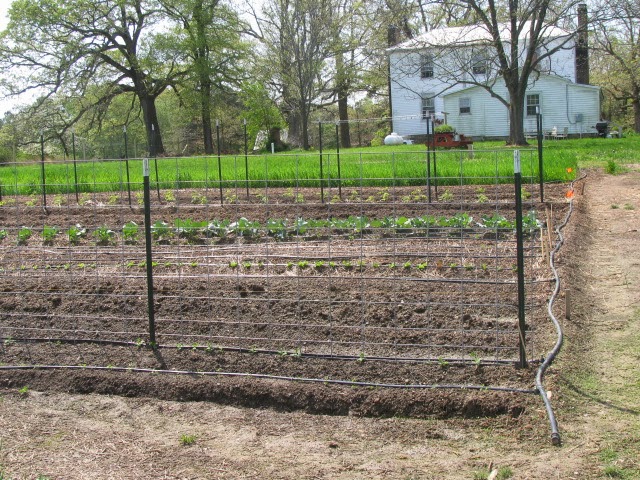My grandfather, Alessandro Marchetto, emigrated from Gambellara, Italy to the US in 1920 shortly after the birth of my mother Gemma. My grandmother Maria joined Alessandro in 1921 with their older child Valentino, age 6 and Gemma age 1 year. Either Alessandro, Maria or possibly a cousin who had emigrated earlier brought green bean seeds with them from the old country.
The green beans are a pole bean type called Anellino which means 'little ring' due to their curved shape. Still popular in northeastern Italy to this day - these green beans are what I grew up eating from my grandfather's garden.
After Alessandro and Maria passed away in 1970 the tradition of growing these green beans was carried on by aunts and uncles, friends and other relatives. As this next generation aged, stopped gardening and passed on, it seemed that these beans might have been lost.
My oldest sister Paula has always maintained contact with the old relatives and friends in our hometown (Pittsfield, MA). When I asked if there was anyone left who might still be growing these delicious beans from our childhood, she thought that an old family friend of our parents generation who was still with us might be a source for some seeds.
Orlando Domenichini was in his 90's when Paula visited him in Pittsfield. Sure enough he had some seeds and assured her that yes indeed these were the same beans that he had been growing for decades from seeds he had gotten from Alessandro. Orlando had also given up gardening at his advanced age. The seeds (about 25) were a couple of years old.
I send about 1/2 the seeds to my ex-wife Liz in California to see if she could grow them out for seed and I tried to grow out the other seeds in Tucson, AZ where I was living at the time. Liz got 2 or 3 seeds to germinate and nurtured 2 plants to a feeble maturity and got about 25-30 seeds which she sent to me. I got nothing. nada. zip.
In 2015 I direct sowed about 15 seeds and got a few to germinate but they didn't thrive. In 2016 I planted the last of the seeds in paper pots and transplanted them to the garden. I got 6 plants to grow but only two really thrived from which I saved seeds. In 2017 I repeated the process with the best seeds I had saved. SUCCESS! I didn't dare eat a single bean and saved a pint jar full of beautiful seeds from the best and most robust plants. This year I direct sowed seeds in the garden and have been rewarded with an abundance of beautiful plants and lots and lots of beans.
The bean plants and the beans themselves are remarkably bug, wilt, virus, fungus and mildew resistant and produce a ton of beans. The vines need a taller trellis than I provided this year. The vines are about 12 feet long!






























